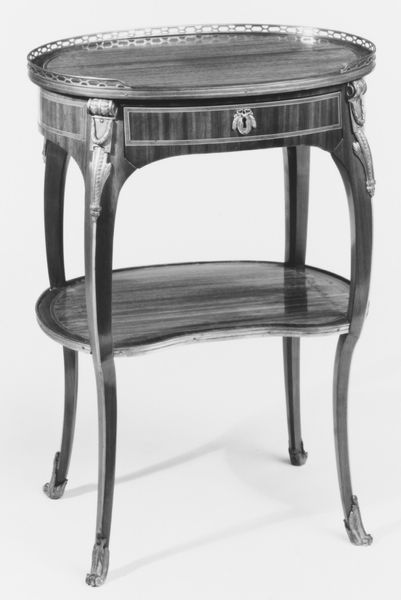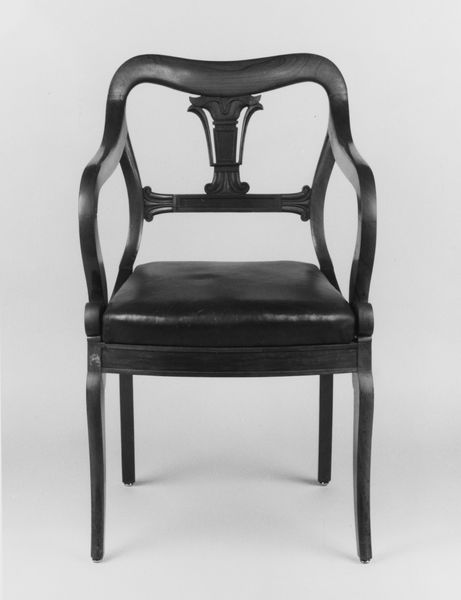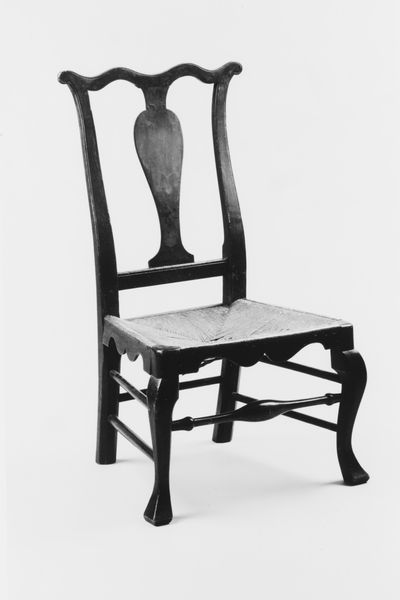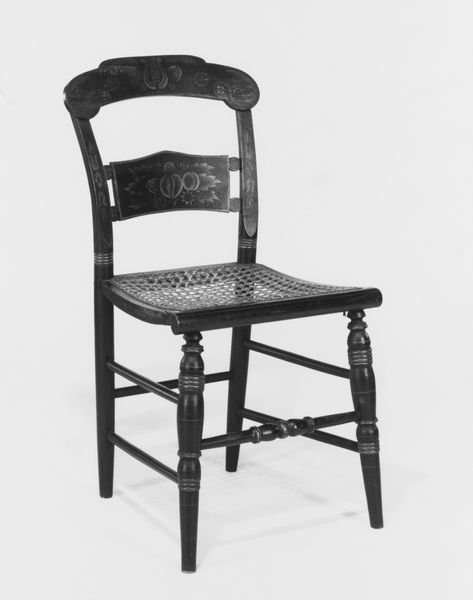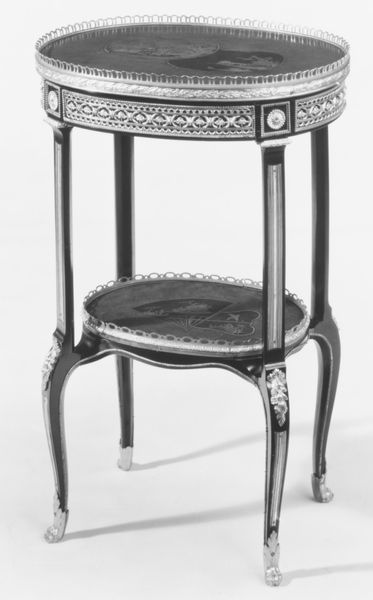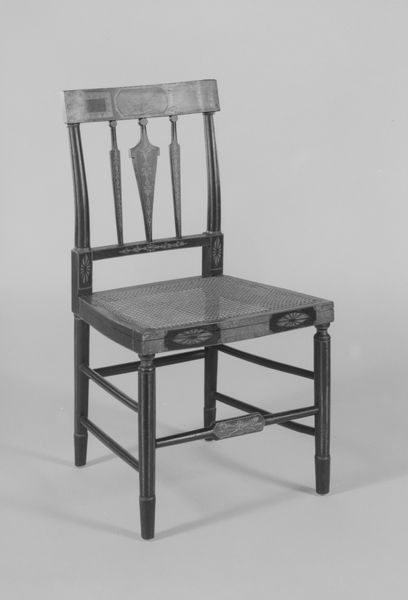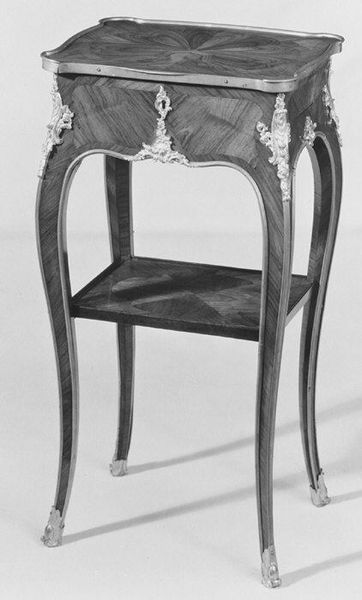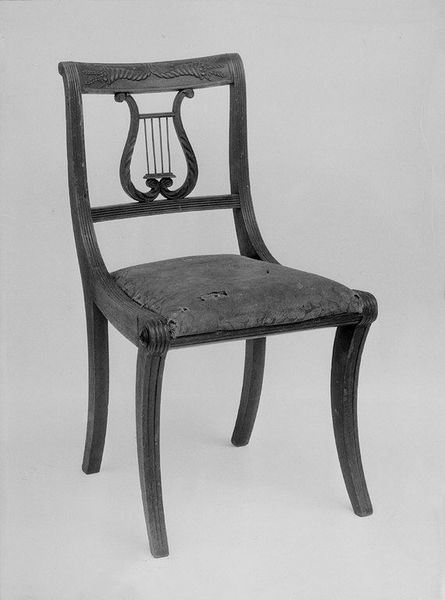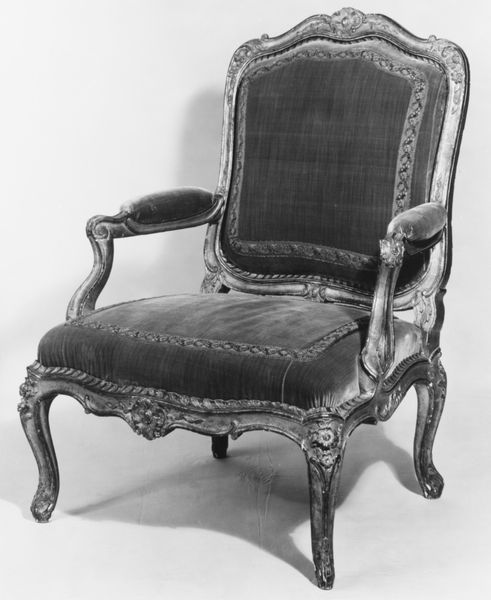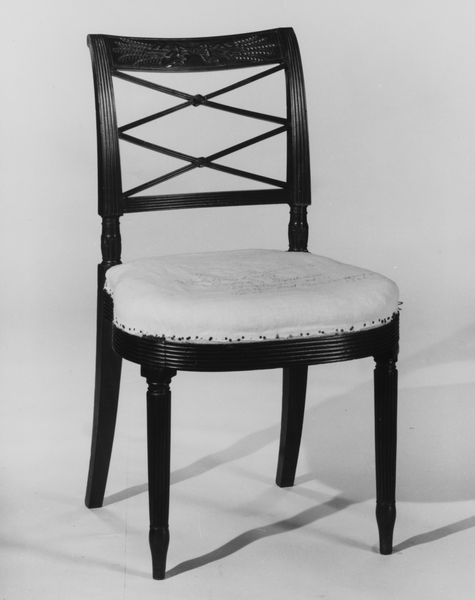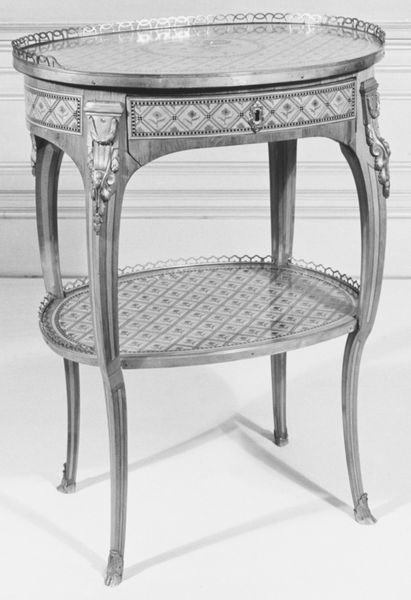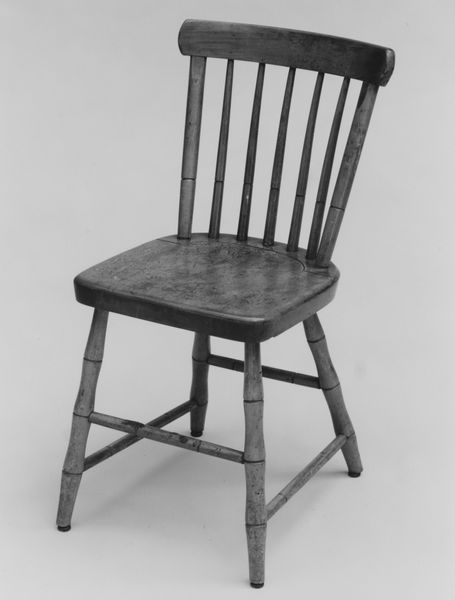
carving, sculpture, wood
#
carving
#
sculpture
#
furniture
#
sculpture
#
wood
#
decorative-art
#
rococo
Dimensions: Overall: 26 3/8 × 16 × 12 1/8 in. (67 × 40.6 × 30.8 cm)
Copyright: Public Domain
Editor: This elegant "Small Rectangular Table" dates from 1760 to 1770, and it’s currently housed at the Metropolitan Museum of Art. It was crafted by Bernard II van Risenburgh. I’m immediately drawn to its Rococo curves and decorative inlays. How should we interpret the cultural significance of such an ornate object? Curator: It’s vital to understand the social function of Rococo furniture during that era. Who do you think would have commissioned or owned such a table? Editor: Well, the Met indicates that Risenburgh catered to aristocrats. I would imagine somebody quite wealthy? Curator: Exactly. Pieces like this table reflect the power dynamics and conspicuous consumption of the French aristocracy, and the deep divisions in French society that would eventually trigger the French Revolution. But note the "small" of its title; this isn't Versailles-scale extravagance. It implies an intimacy and privacy connected to the growing feminine influence within elite circles of the time. What are your thoughts on this intimate Rococo? Editor: That’s interesting – almost subversive. I hadn’t considered the implicit connection to gender, yet you are right to state its impact, or power that may arise in quietude. I wonder about Risenburgh, though - how complicit he was in reproducing these ideologies versus expressing skill and imagination... Curator: A poignant question. Perhaps Risenburgh was trying to negotiate between creative expression, financial stability and, in retrospect, moral complexities? The work remains. Editor: Understanding the intertwined threads of social class, gender, and the artist’s position truly transforms how I see this “Small Rectangular Table.” Curator: And that transformation embodies art’s enduring relevance: its ability to spark critical reflection across time and context.
Comments
No comments
Be the first to comment and join the conversation on the ultimate creative platform.

